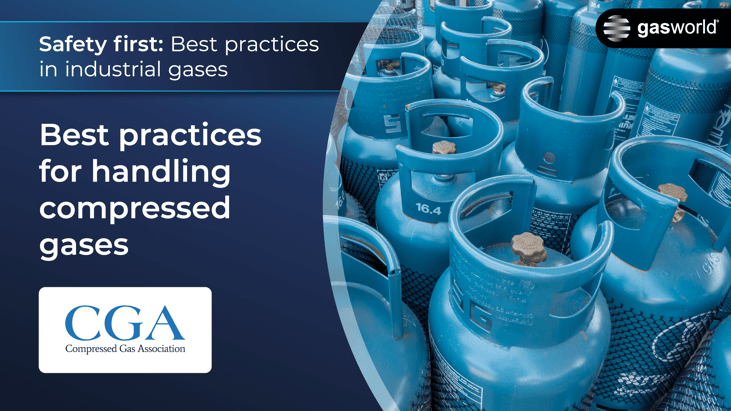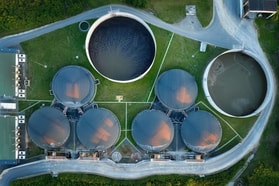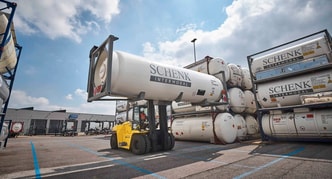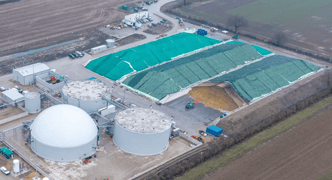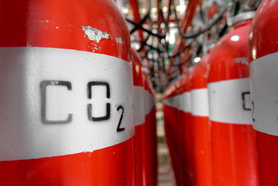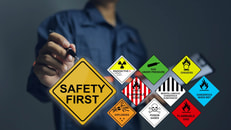Safety first: Best practices for handling compressed gases
Compressed gases are integral to numerous industrial processes, medical applications, and scientific endeavours. While these gases serve essential functions, they also pose potential hazards if not handled with utmost care and adherence to safety protocols.
Underlining gasworld’s commitment to safety and best practice, and as part of a new series of features keeping you up-to-date with standards and safety, this article explores the key aspects of safely handling compressed gases, drawing upon standards set forth by the Compressed Gas Association (CGA).
Understanding compressed gases: Compressed gases are stored under pressure in cylinders, presenting unique risks due to their potential for sudden release. Common examples include oxygen, nitrogen, carbon dioxide, hydrogen, and various specialty gases used across industries. Each gas has specific properties and safety considerations
Key safety guidelines:
... to continue reading you must be subscribed

